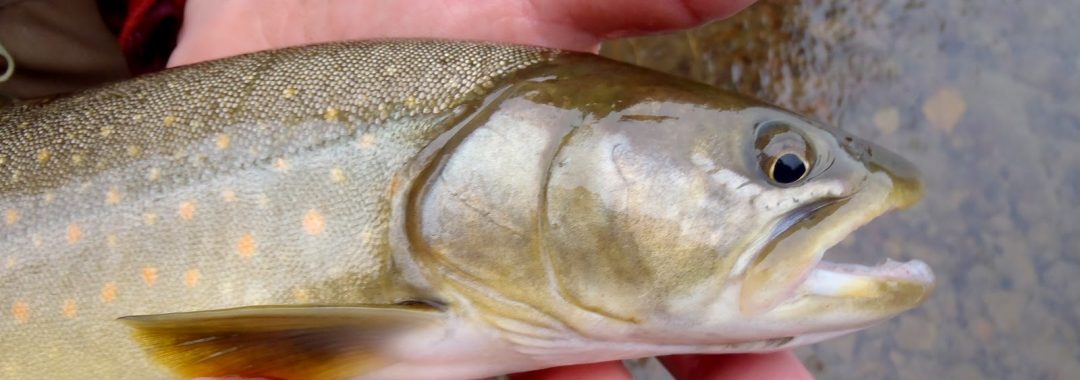Abstract:
The field of stable isotope ecology is moving away from lethal sampling (internal organs and muscle) towards non-lethal sampling (fins, scales and epidermal mucus). Lethally and non-lethally sampled tissues often differ in their stable isotope ratios due to differences in metabolic turnover rate and isotopic routing. If not accounted for when using non-lethal tissues, these differences may result in inaccurate estimates of resource use and trophic position derived from stable isotopes. To address this, the authors tested whether tissue type, season and their interaction influence the carbon and nitrogen stable isotope ratios of fishes and whether estimates of species trophic position and resource use are affected by tissue type, season and their interaction. This study developed linear conversion relationships between two fin types and dorsal muscle, accounting for seasonal variation. The authors focused on three common temperate freshwater fishes: northern pike Esox lucius, yellow perch Perca flavescens and lake whitefish Coregonus clupeaformis. They found that fins were enriched in 13C and depleted in 15N compared to muscle in all three species, but the effect of season and the interaction between tissue type and season were species and isotope dependent. The estimates of littoral resource use based on fin isotope ratios were between 13% and 36% greater than those based on muscle across species. Season affected this difference for some species, suggesting the potential importance of using season-specific conversions when working with non-lethal tissues. Fin and muscle stable isotopes produced similar estimates of trophic position for northern pike and yellow perch, but fin-based estimates were 0.2–0.4 trophic positions higher than muscle-based estimates for lake whitefish. The effect of season was negligible for estimates of trophic position in all species. Strong correlations existed between fin and muscle δ13C and δ15N values for all three species; thus, linear conversion relationships were developed. The results of this study support the use of non-lethal sampling in stable isotope studies of fishes. The authors suggest that researchers use tissue conversion relationships and account for seasonal variation in these relationships when differences between non-lethal tissues and muscle,
and seasonal effects on those differences, are large relative to the scale of isotope values under investigation and/or the trophic discrimination factors under use.
Citation: Roberts, K.N., Lund, T., Hayden, B. and M.S. Poesch (2022) Season and species influence stable isotope ratios between lethally and non-lethally sampled tissues in freshwater fish. Journal of Fish Biology 100 (1): 229-241. DOI: 10.1111/jfb.14939
Finalist for FSBI Huntingford Medal. Note: One of two papers that received the “Highly Commended” designation.
Also Read:
*Lab members: Karling Roberts, Mark Poesch. Check out opportunities in the lab!



